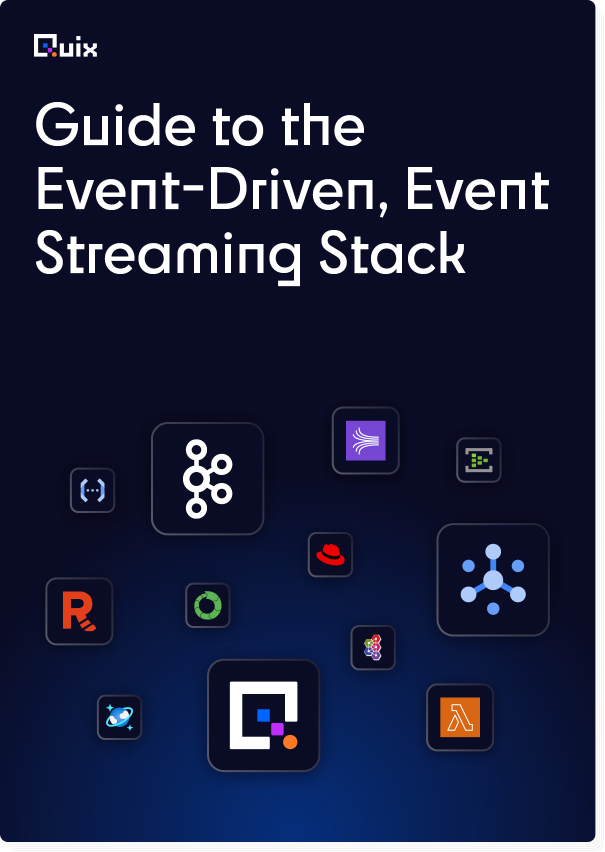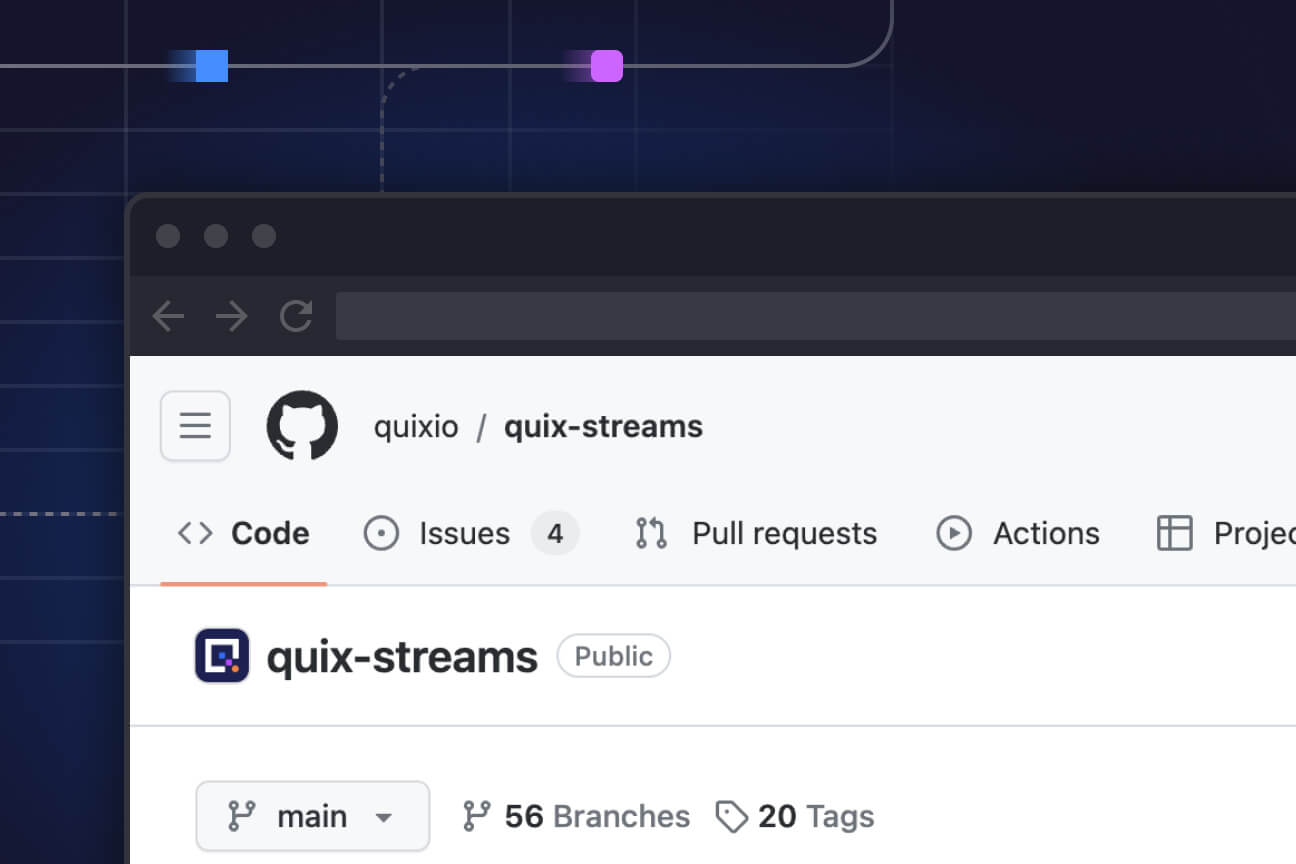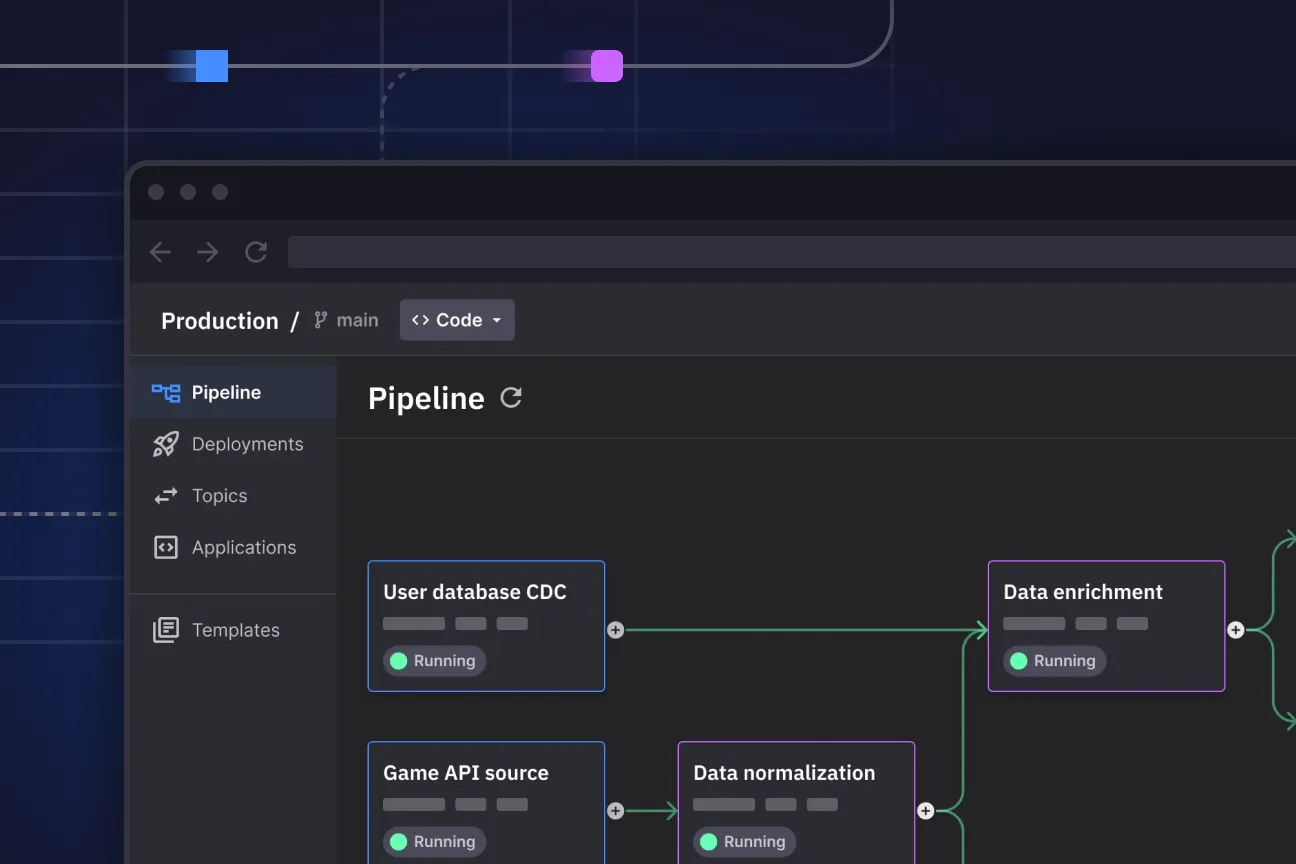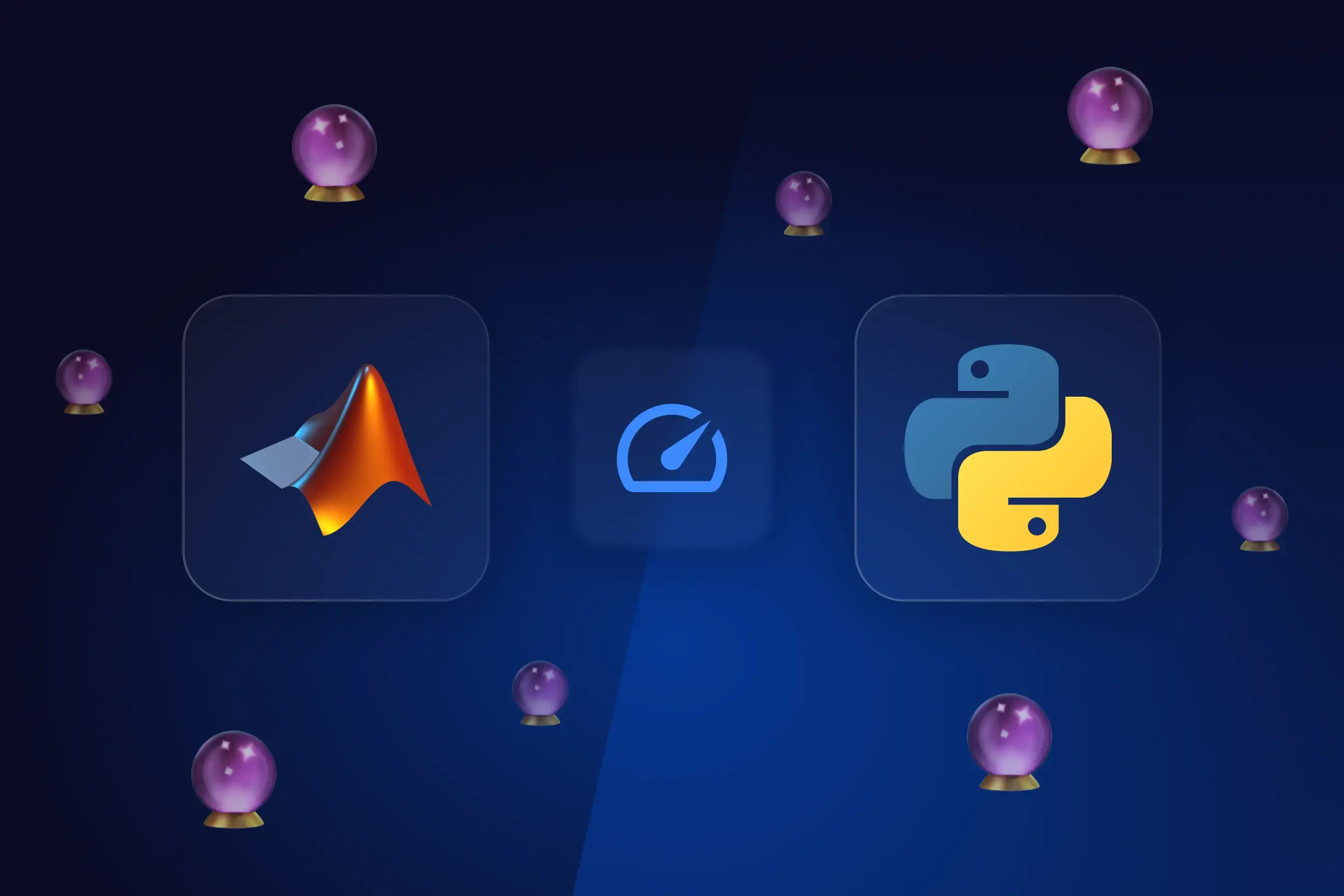The Stream — March 2023 edition
A monthly round-up of the most interesting news coming out of the stream processing ecosystem

Exploring real-time and batch analytics for e-bike telemetry with Quix and AWS

We've collaborated with AWS to help Brompton Bikes build a real-time architecture to enhance the rider's experience. In this blog post, I dig into the challenges, the design choices and the technical implementation of what we did.
In case you missed it...

Earlier this month we open-sourced Quix Streams, a library for telemetry data streaming. It has been designed for building real-time applications that process high volumes of telemetry data when developers need a quick response and guaranteed reliability at scale. This is a new OSS project and we're looking forward to having data engineers shape and evolve the roadmap.
More news and insights
- Understanding the power of real-time stream processing - Read more
- Is data lineage important? Read more
- Ten Flink gotchas we wish we had known - Read more
- Upcoming Stream Processing Meetup in Munich. Quix's VP of Data Tun Shwe will be on stage. Join us there! - Sign up for free
- Real-Time Analytics Summit in San Fran. Lots of great talk stretching the breadth of the real-time ecosystem. Our CTO Tomas will be on stage and new Quixer Dave Klein will be too. - View the schedule
Meme of the Month

With our founders coming from McLaren F1, we couldn't resist including this one.
What’s a Rich Text element?
The rich text element allows you to create and format headings, paragraphs, blockquotes, images, and video all in one place instead of having to add and format them individually. Just double-click and easily create content.
Static and dynamic content editing
A rich text element can be used with static or dynamic content. For static content, just drop it into any page and begin editing. For dynamic content, add a rich text field to any collection and then connect a rich text element to that field in the settings panel. Voila!
How to customize formatting for each rich text
Headings, paragraphs, blockquotes, figures, images, and figure captions can all be styled after a class is added to the rich text element using the "When inside of" nested selector system.

Check out the repo
Our Python client library is open source, and brings DataFrames and the Python ecosystem to stream processing.

Interested in Quix Cloud?
Take a look around and explore the features of our platform.

Interested in Quix Cloud?
Take a look around and explore the features of our platform.






